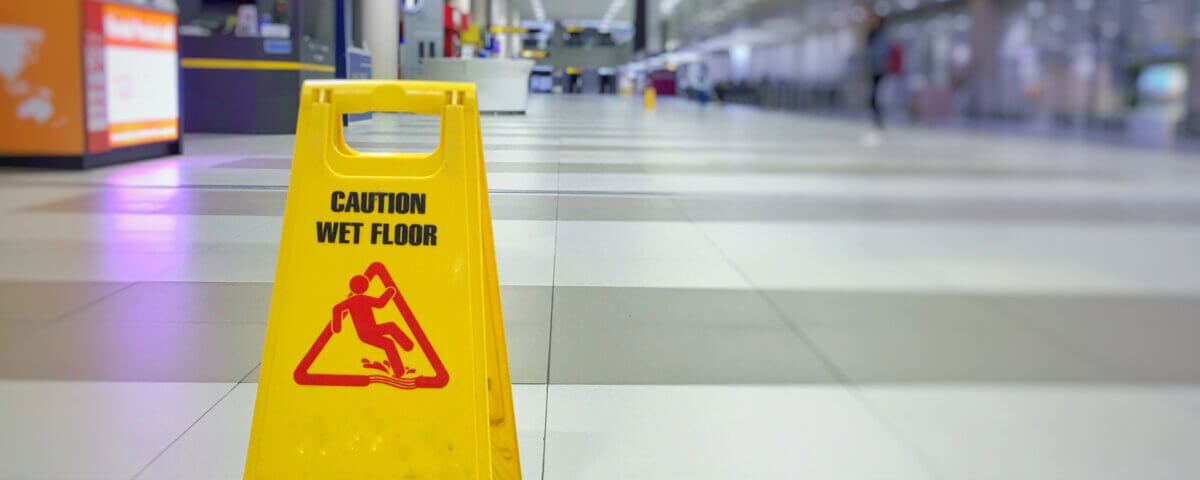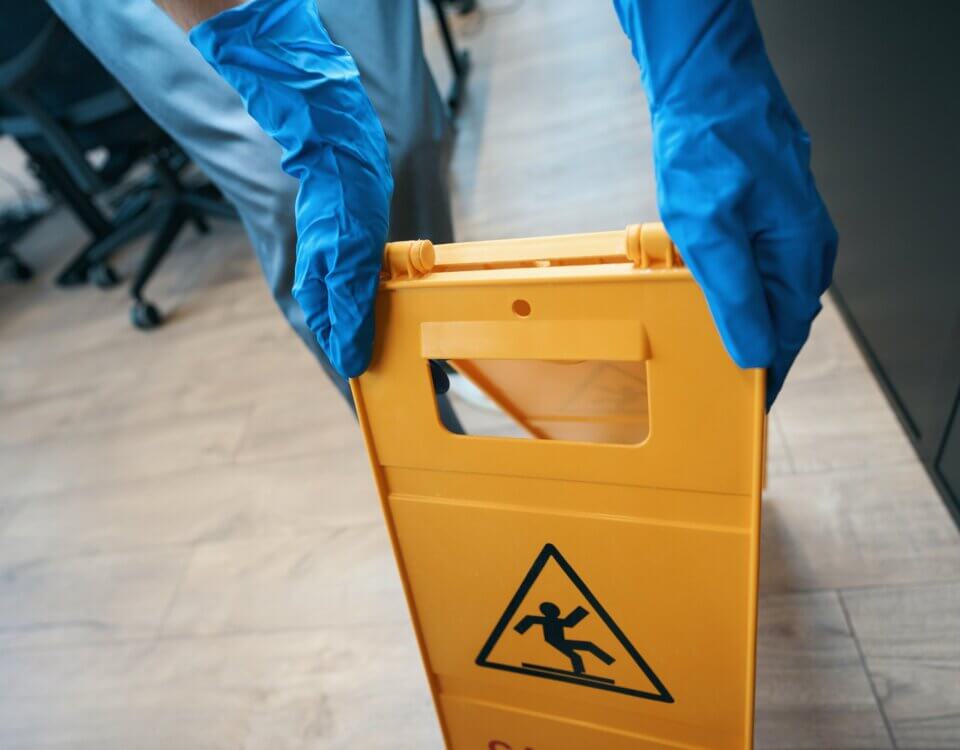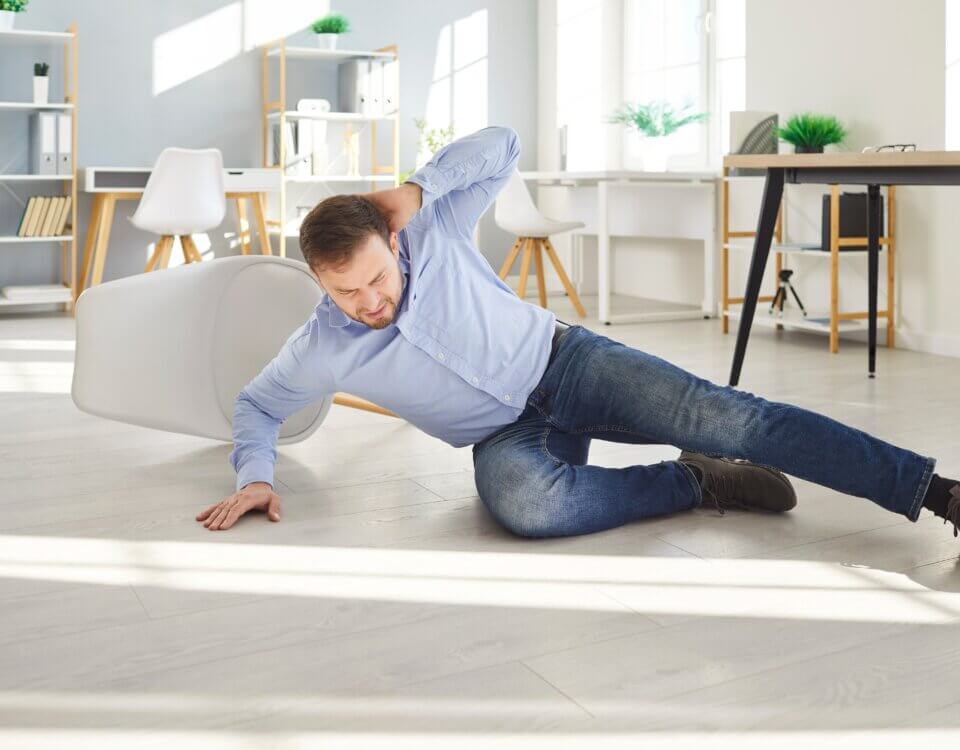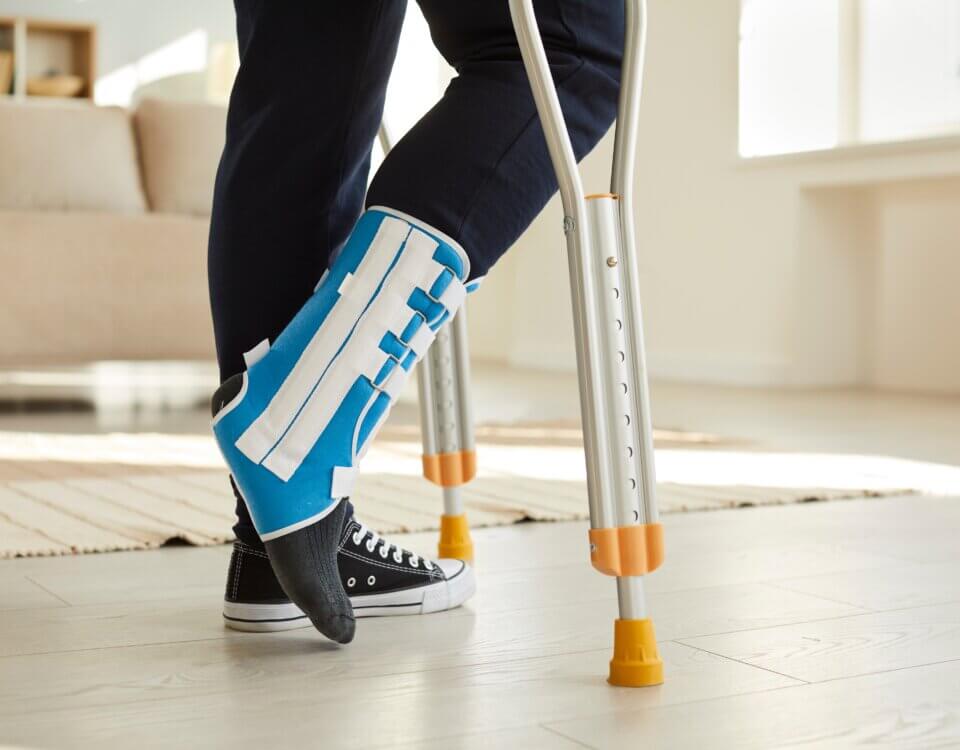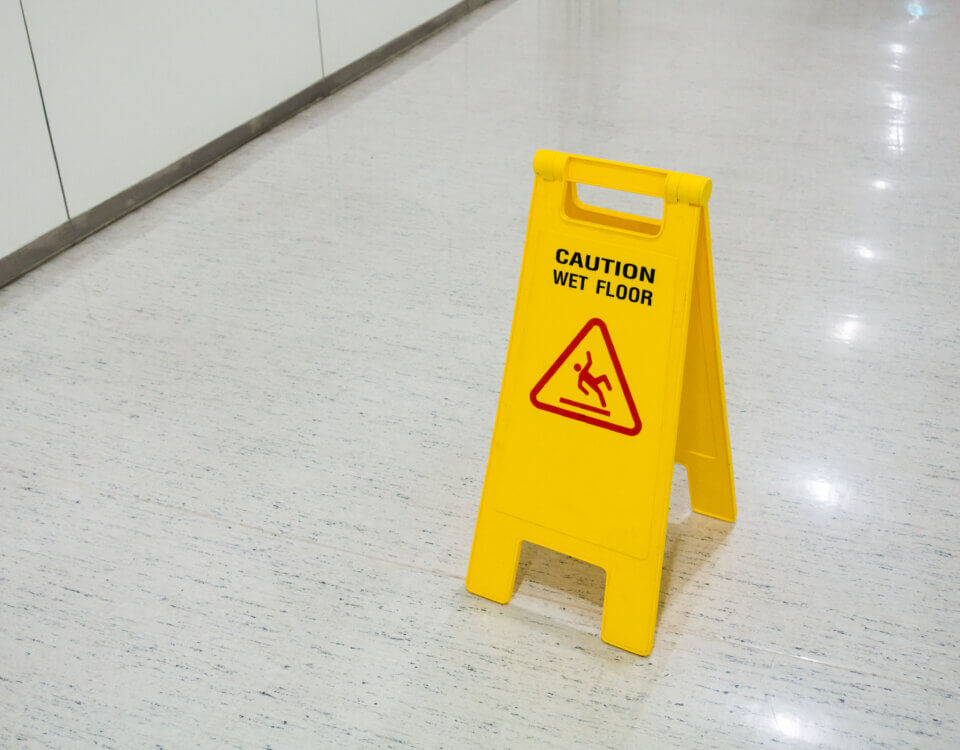Slip and fall accidents are one of the most common causes of injury in both residential and commercial settings. While some result in minor bruises, others can lead to serious or even life-threatening injuries particularly among older adults. Whether it happens at a grocery store, office building, or apartment complex, determining legal responsibility can be complex.
At Hillstone Law, we help victims of slip and fall accidents in California understand their rights and pursue fair compensation. However, not every fall results in a viable personal injury case. To succeed in a slip and fall claim, four essential elements must be proven.
1. The Property Owner or Manager Had a Legal Duty of Care
To file a slip and fall claim, the first step is proving that the party being held responsible typically a property owner, landlord, or business operator owned, leased, or controlled the premises where the incident occurred. This establishes a legal duty of care.
Property owners and those in control of a location have a legal obligation to maintain safe conditions and take reasonable steps to protect guests, customers, or tenants from known hazards. If they fail to do so, they may be liable for any resulting injuries.
2. The Owner or Manager Knew (or Should Have Known) About the Dangerous Condition
The next element involves proving the existence of a hazardous condition and showing that the responsible party either knew or should have known about it. This includes conditions like:
- Wet or slippery floors
- Uneven pavement
- Loose carpeting
- Poor lighting in stairwells
- Debris or obstructions in walkways
If the hazard existed long enough that a reasonable person would have discovered and corrected it, the property owner may be deemed negligent for failing to address it.
Expert testimony and maintenance records are often used to establish how long the hazard existed and whether the property owner took appropriate precautions.
3. The Hazard Directly Caused the Injury
It’s not enough to show that there was a dangerous condition you must also prove that this condition directly caused your injury. The defense may argue that your injury was caused by something else or that your own actions contributed to the fall.
For example, if you slipped on a wet floor with no warning signs, and that fall caused a broken wrist, the connection between the hazard and the injury must be clearly demonstrated. Surveillance footage, witness statements, and medical reports can strengthen this link.
4. You Suffered Actual Damages
Finally, you must show that you sustained measurable losses or damages as a result of the accident. This can include:
- Medical expenses
- Lost wages
- Pain and suffering
- Future medical care or rehabilitation
- Reduced earning capacity
Documentation is critical. Medical bills, diagnostic imaging, therapy records, and income statements all help support the damages portion of your claim. Waiting too long to seek treatment can make it harder to prove the extent and cause of your injuries.
Do Victims Share Any Responsibility?
California follows the comparative negligence rule, meaning if you were partially at fault for the accident (e.g., you were distracted while walking), your compensation may be reduced by your percentage of fault. That’s why it’s crucial to have a legal team that can defend against these arguments.
Get Help from Hillstone Law’s Slip and Fall Attorneys
Proving liability in a slip and fall case isn’t always straightforward. You’ll need to establish that the property owner’s negligence caused a dangerous condition and that the condition directly led to your injuries and damages.
At Hillstone Law, we specialize in holding negligent property owners accountable and recovering the compensation our clients deserve. If you’ve been injured in a slip and fall accident, don’t wait reach out today for a free consultation and let our experienced personal injury attorneys guide you through your legal options.
Note: These blog posts are created solely for the use of Hillstone Law. The information is gathered from internet research, publicly available sources, and artificial intelligence (AI) tools such as ChatGPT. While we aim to share helpful and educational content, Hillstone Law does not independently verify every detail. Some information may be incomplete, outdated, or subject to change without notice. If you believe any part of a post is inaccurate, misleading, or infringes upon copyright, please contact Hillstone Law immediately so we can review it and take appropriate action, including correction or removal.
Disclaimer: The material provided in these blogs is for general informational purposes only and should not be considered legal advice. Reading these posts does not create, and is not intended to create, an attorney-client relationship with Hillstone Law. Our intent is to share knowledge, raise awareness, and provide helpful resources to the public; however, Hillstone Law makes no warranties or guarantees about the accuracy, completeness, or reliability of the information provided, and expressly disclaims liability for any actions taken in reliance on it. The photos used in these posts are for illustrative purposes only and do not depict actual clients, individuals, or incidents unless expressly stated. If you or a loved one has been injured in an accident, please contact Hillstone Law at (855) 691-1691. Our attorneys are available to answer your legal questions and help you understand your rights.

